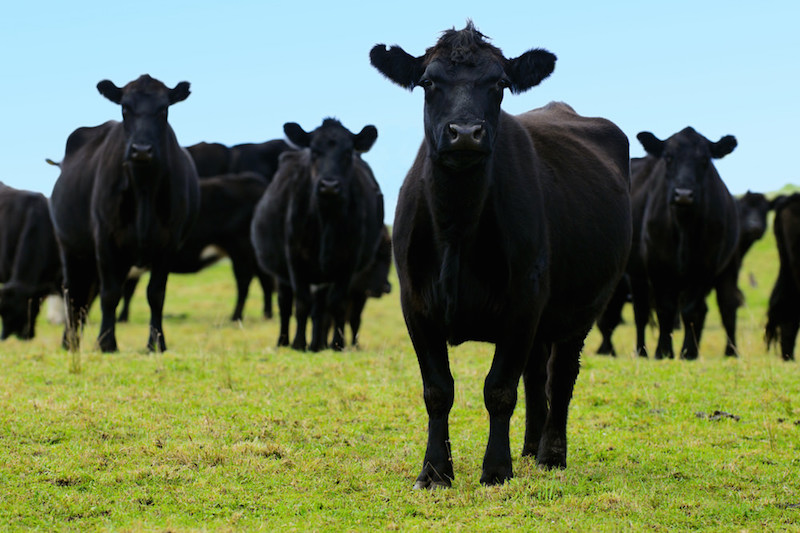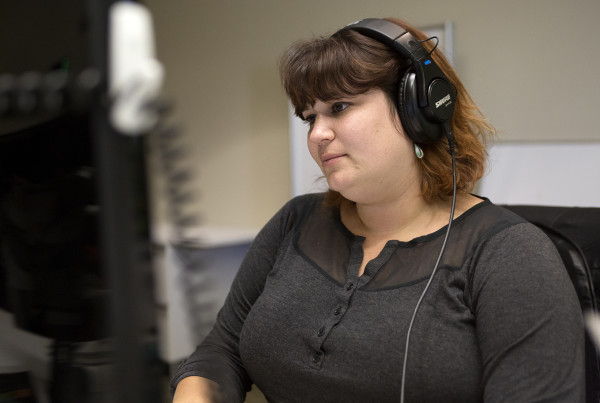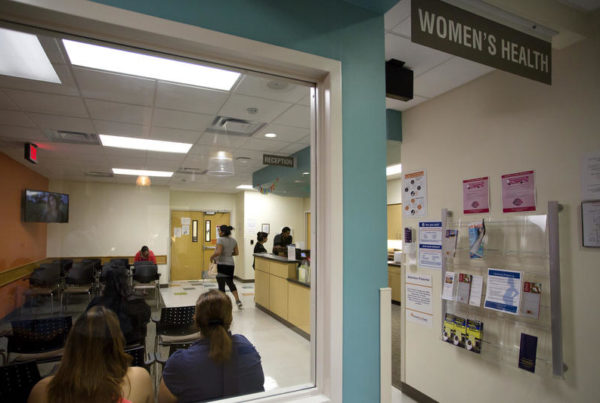Imagine your two favorite celebrities had a kid. Can you imagine what a superstar that baby could turn out to be?
At the beginning of this century, America’s pop culture imagination seemed fixated on the prospect – Brad and Angelina, Ben and Jennifer, Tom Cruise and Katie Holmes. Not all those marriages survived, but today, the concept of star offspring born from two superstars is very much alive in Texas cattle culture.
Conventional wisdom dictates breeding the best-looking will yield greater profits. But now researchers at West Texas A&M think they’ve achieved a break-through: better beef through cloning.
Ty Lawrence, director of the Beef Carcass Research Center at West Texas A&M University, says they were looking for a “mechanism” to improve both beef quality and yield at the same time.
“High-quality cattle, those that end up white tablecloth restaurants, are typically very low-yielding… they often come with trim fat, that (is) fundamentally waste,” he says. “…We’re looking to improve taste fat without the waste fat, so to speak.”
Lawrence says they start at the end, with the carcass they want, and work backwards.
“We’ve used cloning to recapture that carcass into a live animal,” he says, “and then we’ve crossbred those live animals to get those calves, to see if we’re successful or not, thus far.”
He says the first seven steers they’ve evaluated are worth $140 more per animal than steers of the same weight, because of the cloning process. “If you see our cattle, they look just like any other normal cattle,” Lawrence says.
They haven’t had much push-back, he says, but there is some confusion about the process. “The meat that would arrive at a grocery store is not cloned,” he says. “The genetic original from that animal may have been cloned. But that’s the case already.”
The next step, Lawrence says, involves comparing their cloned sire to sires popular in the industry and then, after that, use the process in a commercial setting. “We want to compare him to see if he stands up alone to very popular sires that people would use in their operations,” he says.
Post by Hannah McBride.















